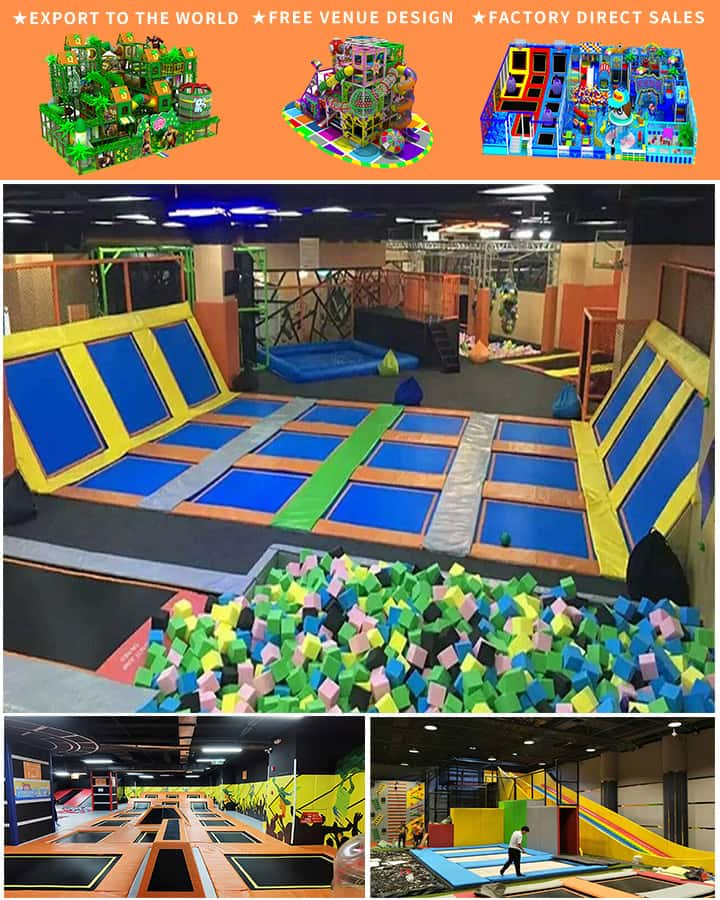In the bustling environments of modern life, providing safe, engaging, and developmentally beneficial activities for children is paramount. One of the most effective ways to ensure that children have an enjoyable yet constructive playtime is by incorporating soft play equipment into their recreational spaces. Soft play equipment, designed specifically for young children, offers a myriad of advantages that go beyond mere entertainment.
What is Soft Play Equipment?
Soft play equipment encompasses a variety of items typically made from foam or other cushioned materials, ensuring safety and comfort for toddlers and young children. These structures often include elements such as climbing frames, slides, ball pits, tunnels, and obstacle courses. The primary aim of this equipment is to create a stimulating environment where children can explore, move, and interact without the risk of serious injury.
Safety First
One of the foremost benefits of soft play equipment is its inherent safety. Unlike traditional playground apparatus made of metal and hard plastic, soft play equipment is constructed from pliable, shock-absorbing materials. This reduces the likelihood of injuries from falls and collisions, offering parents peace of mind while their children engage in physical activity.

Physical Development
Soft play equipment plays a crucial role in the physical development of young children. Activities involving climbing, balancing, crawling, and jumping help enhance gross motor skills, coordination, and strength. These physical movements are fundamental for developing a child’s overall motor abilities and laying the groundwork for more complex physical tasks in the future.
Cognitive and Social Skills
Beyond physical benefits, soft play equipment also fosters cognitive and social development. Navigating through different structures and obstacles encourages problem-solving skills and spatial awareness. Moreover, playing in these environments often involves interaction with peers, promoting social skills such as teamwork, sharing, and communication. Children learn to collaborate, negotiate, and resolve conflicts, which are essential life skills.
Emotional Well-being
Engaging in play is not only beneficial for physical and cognitive development but also for emotional well-being. Soft play equipment provides a safe space for children to express themselves freely, boosting their confidence and self-esteem. The sense of accomplishment from mastering a new piece of equipment or overcoming a challenge contributes to emotional resilience and joy.
Versatility and Inclusivity
Another significant advantage of soft play equipment is its versatility and inclusivity. Designed to cater to various age groups and abilities, these play areas can be customized to suit different needs. Whether it’s for preschoolers, children with disabilities, or even adults accompanying their young ones, soft play environments offer something for everyone, ensuring an inclusive recreational experience.
Conclusion
In conclusion, soft play equipment stands out as a vital component in the developmental journey of children. Its combination of safety, physical benefits, cognitive stimulation, and social opportunities makes it an indispensable resource for parents, educators, and caregivers alike. By investing in high-quality soft play equipment, we create nurturing environments where children can thrive, learn, and most importantly, have fun.




